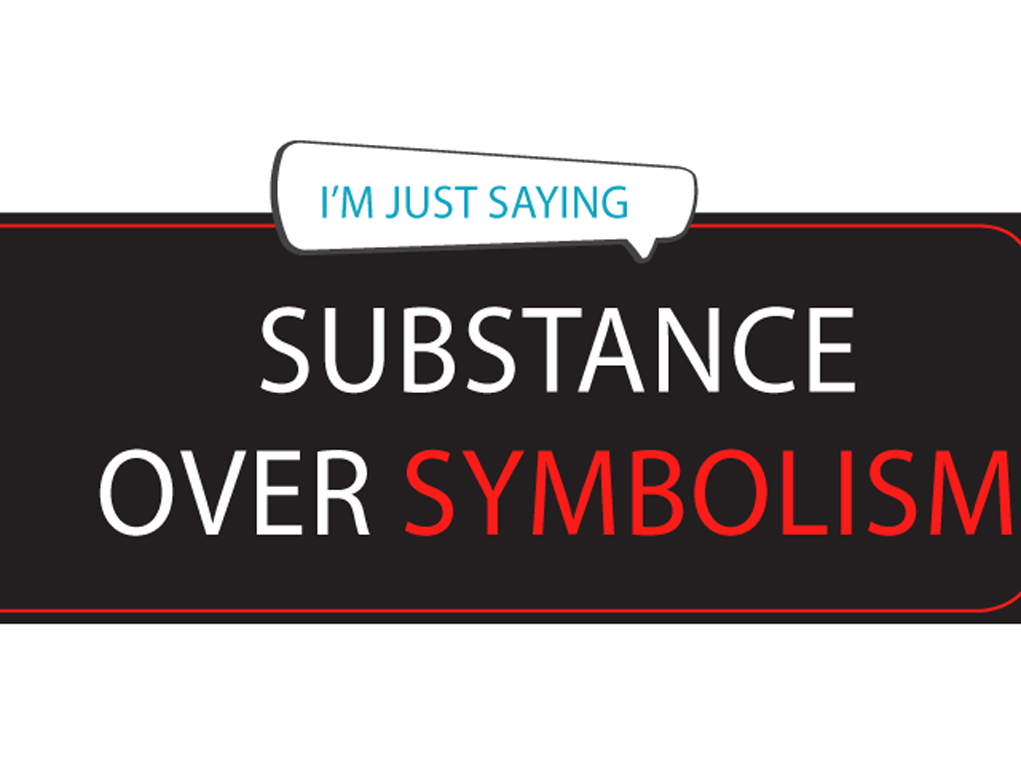Over the past six months, Klal Yisroel has been openly mindful of the situation in Eretz Yisroel, from the terrible initial tragedy on Shemini Atzeres, that others like to call October 7th, to the capture and holding of now an unknown number of hostages to the terrible loss of life to young Israeli soldiers and civilians of all ages through the perilous attacks of our enemies.
Each kehillah is attempting to constantly awaken us to teshuvah and a constant feeling of being mishtatef in the pain of those who are in harm’s way.
And now comes the next Yom Tov of Pesach. Klal Yisroel is charged with making a Seder, recounting the original redemption that forged us as a nation. We are charged to pass on the story to the next generation and continue a tradition, or better yet, a mesorah, that has been unbroken since Yetzias Mitzrayim. And all of this, like so many occurrences in Jewish history is in the backdrop of war, threats, hostages, and more.
A sincere fellow asked me that a friend approached him with an idea to put an empty setting at the Seder table to represent the missing Yidden who have been taken hostage by Hamas. I have seen such settings pictured in public spaces to arouse the consciousness of passersby. I am not sure if this display invoked any empathy in the Hamasniks who are parading around the cities blocking streets and burning flags. But I am not an expert in those matters.
But, despite those public displays of emotion, I was a bit puzzled by the idea of an empty chair to represent the pain that so many are suffering and the emptiness that is in Klal Yisroel. There are so many allusions to the suffering of Klal Yisroel, which the seforim hakedoshim say alludes to the suffering throughout the generations. Be it the symbolic tears of the salt water, the poor bread of affliction that so many in captivity are forced to eat, or the maror which we have eaten throughout the golus. The night of Pesach always corresponds to the night of Tisha B’Av, for it is a night in which we remember all the exiles and pray for the ultimate redemption. It is no wonder that as the prologue to the recounting of the story of the golus Mitzrayim we pronounce, sing, or declare, the iconic words of V’hi She’omdah, declaring that in every generation they rose to destroy us. It is at that time that our grandparents spoke about the Nazis, and great-grandparents spoke about Kishinev and pogroms and our great-great-grandparents spoke about Chmielnicki and so on, be it an inquisition, a crusade, and then some. We don’t need an empty chair. We need parents to tell our children about the pain and suffering that Klal Yisroel is enduring and end with the assurance that ultimately the promise of V’hi She’omdah will be fulfilled with Hakadosh Boruch Hu Matzileinu Mi’yodom. And we can certainly be more than symbolic when it comes to Shefoch Chamos’cho!
I heard from my dear talmid chaver and rabbi of Congregation Lev Le’Daas in Teaneck, Reb Shmuel Braun, that Eli Weisel approached the Lubavitcher Rebbe with the same idea after the Holocaust. “Perhaps we should put an empty setting at the Seder to represent the Yidden killed in the Holocaust.” The rebbe told him, “The minute you add minhogim, you will feel comfortable subtracting them as well.” However, I have a better idea, instead of putting an empty chair at your table, take an empty chair and fill it with a lost Yid who would not otherwise have a Seder to attend.
Whenever it comes to symbolism that transcends the defined brilliance of Chazal that encompassed every nuance within the halachos that they stipulated and, in this case, the misgeres of the Seder that they prescribed, I think about the story of the boy who went on a class trip to see Niagara Falls. While all the students were watching the powerful waters of the Niagara River plunge over the edge of the cliffs, creating the awe-inspiring effect that attracts thousands upon thousands of tourists each year, Chaim meandered off into a nearby souvenir shop. He quickly became intrigued by the different postcard images of the falls and particularly with one item called a Viewmaster, a contraption that displayed 3D images when held up to the light. Chaim could not get over the 3D images of Niagara Falls from various angles. “Wow!” he exclaimed. “These shots are unbelievable! They look so real!” Chaim was so enthralled with the pictures and the contraption that he stood there saying “Wow!” to pictures while his classmates sailed on the Maid of the Mist®. As they were watching the falls crash to the gorge and being sprayed by the mist of the colossal falls, Chaim was stuck saying “Wow!” to the simple images.
Why would we forego the foundation of the Seder which is based on relating the pain of golus Mitzrayim and ultimately the Geulah in the context of the history of Klal Yisroel and the ensuing exiles we mention? The “Missing Man Table” is a military symbol that was formulated after the Civil War and made popular as a ceremony and memorial set up in military dining facilities of the United States Armed Forces. We don’t need postcards when we are reliving the pain and yearning for redemption in front of our eyes.
We endured pain throughout our history. We know how to mourn. We know how to remember. We know how to feel the pain of others. Chazal taught us how. And most of all we know how to pray for the ultimate redemption, with Moshiach Tzidkeinu, speedily in our times.








